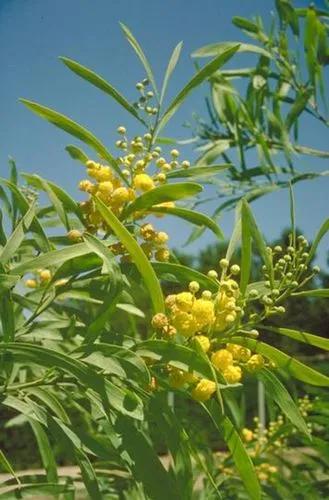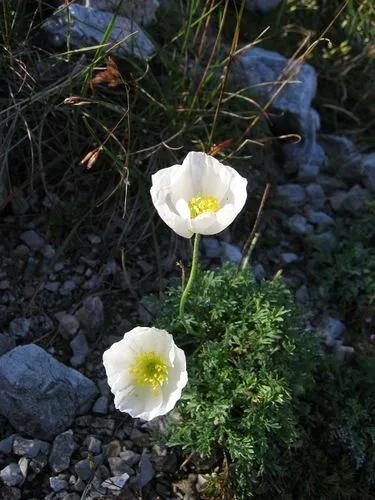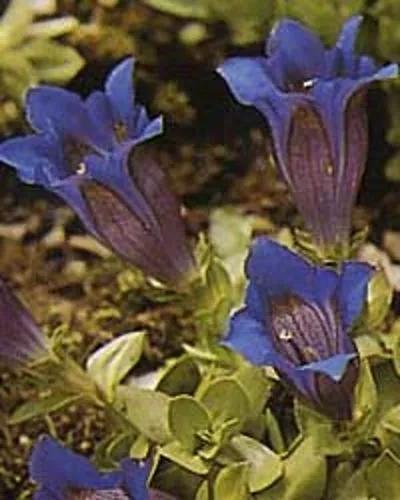Genus Daphne can be deciduous or evergreen shrubs with small, usually very fragrant tubular, 4-lobed flowers, often followed by colourful berries. Details D. cneorum is a trailing evergreen shrub to 20cm tall, with narrow leaves and fragrant rosy pink flowers in dense clusters in late spring.
Daphne Cneorum Care
Daphne Cneorum
Other names: Rose Daphne



How to Care for the Plant

Water

In the first year of growth, water your shrub several times a week. Once established, Daphne shrubs still require a tricky balance between consistent moisture and good drainage. Make sure the mulch remains moist, and make sure the shrub gets at least 1 inch of water per week through rainfall, irrigation, or a combination.

Fertilizer

Daphne shrubs should be fertilized twice a year using a granular balanced fertilizer (such as 10-10-10). February or March and July are good times to do this.

Sunlight

While some varieties of Daphne do fine in full sun, most will bloom best in part shade conditions. Those varieties grown mostly for their variegated leaves will display well even in relatively shady conditions, though the flowering will be reduced. Group them together with other acid-loving plants that have similar sunlight needs (azaleas, for example).

Soil

Daphnes prefer well-drained soil with plenty of compost and a slightly acidic soil pH. Daphne shrubs thrive in moist soil. To keep the soil around them moist in summer (and to keep the roots cool), apply a three-inch layer of mulch.

Temperature

Daphne shrubs can be grown in USDA hardiness zones 4 to 9, but in zones 4 and 5 they really should be considered semi-evergreen, or even deciduous, since they are likely to drop their leaves and grow new foliage in the early spring. These shrubs accept high humidity levels, though they may be susceptible to fungal leaf spots.

Additional

All parts of this plant contain compounds known to be highly toxic. Daphnin and mezerein are identified compounds; there may be others that are not yet known. The berries are particularly concentrated with toxins. Use these plants carefully in homes where there are small children or pets.

Popularity

106 people already have this plant 19 people have added this plant to their wishlists
Discover more plants with the list below
Popular articles






